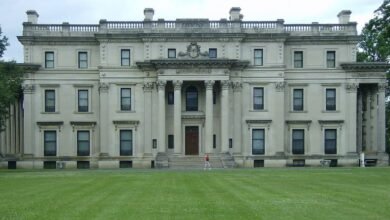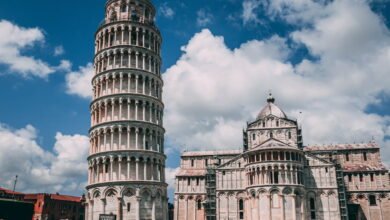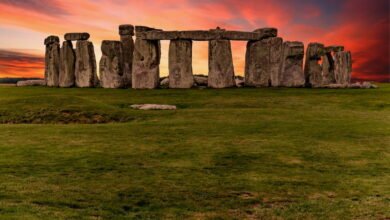The Cradle of Humankind, Have you ever wondered where our species, Homo Sapiens, originated? Where did the roots of humankind start? Let’s embark on an adventure to a destination called the Cradle of Humankind.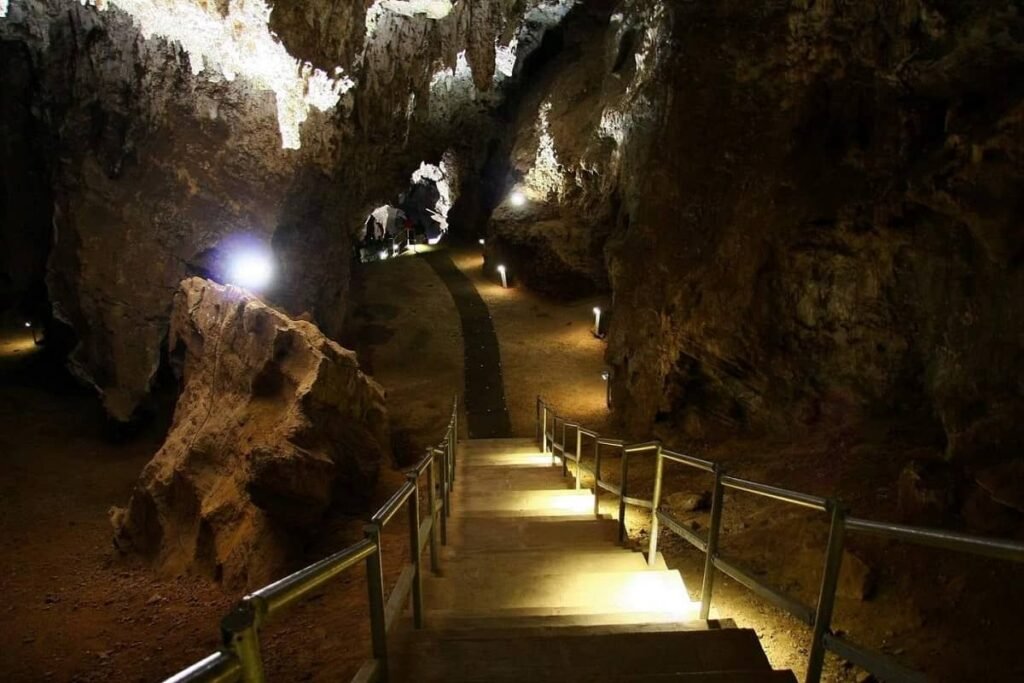
Exploring the Concept
The Cradle in South Africa, positioned close to Johannesburg, is an in-depth place of archaeological and palaeontological significance. It is considered one of the maximum critical websites globally, with a recorded relationship of tens of thousands and thousands of years. This site is a reminder of our ancestry and evolution.
The UNESCO Heritage Site
The Cradle earned recognition as a UNESCO World Heritage Site in 1999 for its remarkable fossil record. Below are some of the noteworthy locations to explore:
The Sterkfontein Caves: It’s known for being the site where the first adult Australopithecus was discovered, famously known as ‘Mrs. Please.’
The Swartkrans: Home to over 200 hominid fossils and some of the earliest evidence of controlled fire usage.
Kromdraai Fossil Site: This is where Paranthropus robustus, a heavy-jawed hominid, was discovered.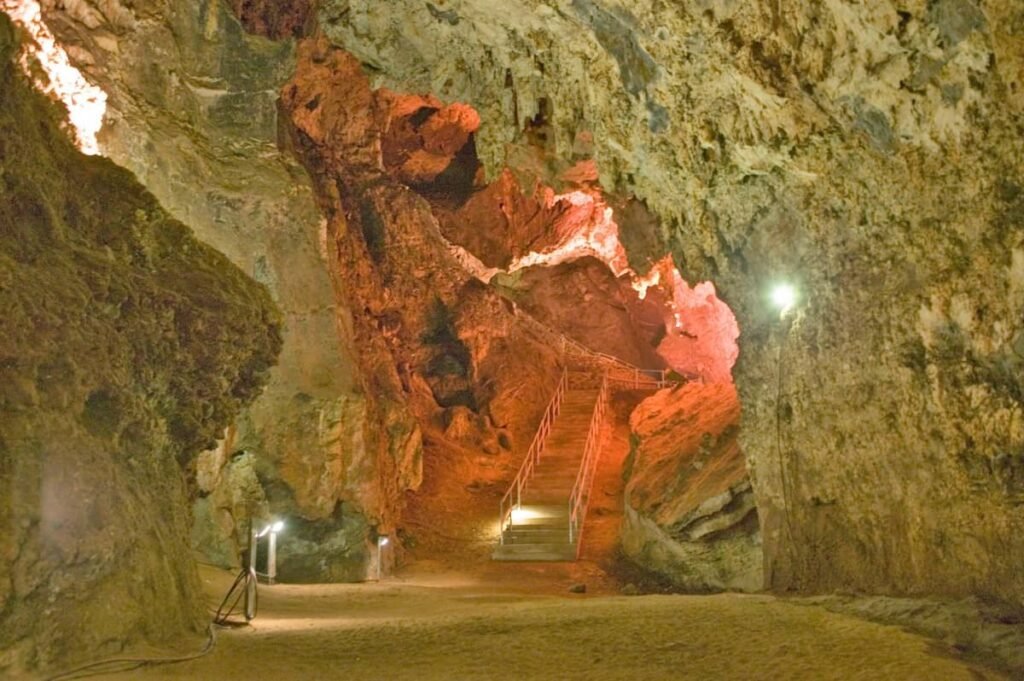
Historical Significance
The Cradle unravels the mysteries of our past through significant discoveries:
The Story of Little Foot and Mrs. Ples: The complete Australopithecus skeleton, Little Foot, along with Mrs. Ples, offers a window into the life of our ancestors.
The Swartkrans Man: The discovery of Homo Erectus remains, known as the Swartkrans Man, shows how our ancestors started using tools and fire.
Archeological Impact
The Cradle of Humankind has reshaped our understanding of human evolution:
Understanding Evolutionary Anthropology: The rich fossil record helps us understand the journey from primates to modern humans.
The Role of Palaeontology: The fossil discoveries have contributed significantly to paleontology, especially in studying hominids.
The Modern Significance
The Cradle holds significance beyond its paleontological treasures:
Cultural Significance: This internet site is a tribute to our shared background and represents the essence of African identity.
Ecological Significance: This location is home to various plant and animal species, making it a hub for biodiversity.
Visiting the Cradle of Humankind
Planning a visit? Here’s what you need to know:
How to get there: Located simply an hour’s pressure from Johannesburg, it is effortlessly available via road.
What to expect: From guided cave tours to an interactive visitor’s center, expect a captivating journey into our past.
Conclusion
The Cradle of Humankind is a monument to our collective past, serving as a tangible connection to our ancestors. From archaeological findings to cultural and ecological significance, it truly is a treasure trove of human history.
FAQs for The Cradle of Humankind
Why is the Cradle of Humankind important?
It holds crucial hominid fossils that appreciably contribute to our know-how of human evolution.
How antique are the fossils located withinside the Cradle of Humankind?
Fossils in this location are hundreds of thousands of years antique, with a few relationships again over three million years.
Can the general public go to the Cradle of Humankind?
It's a famous visitor vacation spot with tourist facilities and guided tours.
Why is it known as the Cradle of Humankind?
The web website online has been primary to our know-how of human evolution; hence, it is metaphorically called humankind's 'birthplace' or 'cradle.'
Rate the article ( The Cradle of Humankind: Unraveling the Origins of Humanity )How was our article?
0

